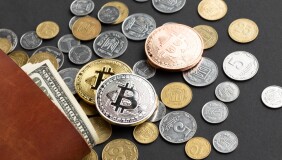
Cryptocurrency is burned by companies, individuals, cryptocurrency exchanges and even some decentralized platforms. And in some algorithms of cryptoassets destruction is built in from the beginning. But why do it? It’s just like throwing money in the garbage bin!
- How does cryptocurrency burning work?
- How did coin burning start?
- Why burn token
- Which coins can be burned?
- Practical use of coin burn
- Intentional burning to increase value
- Proof-of-Burn
- Burning for maintaining mining balance
- FAQ
- Is burning cryptocurrency a good or bad thing?
- How do you burn token?
- Why are companies burning cryptocurrency?
Well, the thing is, burning takes money out of circulation. We may be letting you in on a secret, but it’s not just in the cryptocurrency world.
For example, central banks can limit the issuance of money and take fiat currencies out of circulation to reduce the rate of inflation, and in the stock market, it’s even a common practice for companies to buy back their own shares to stop share prices from falling.
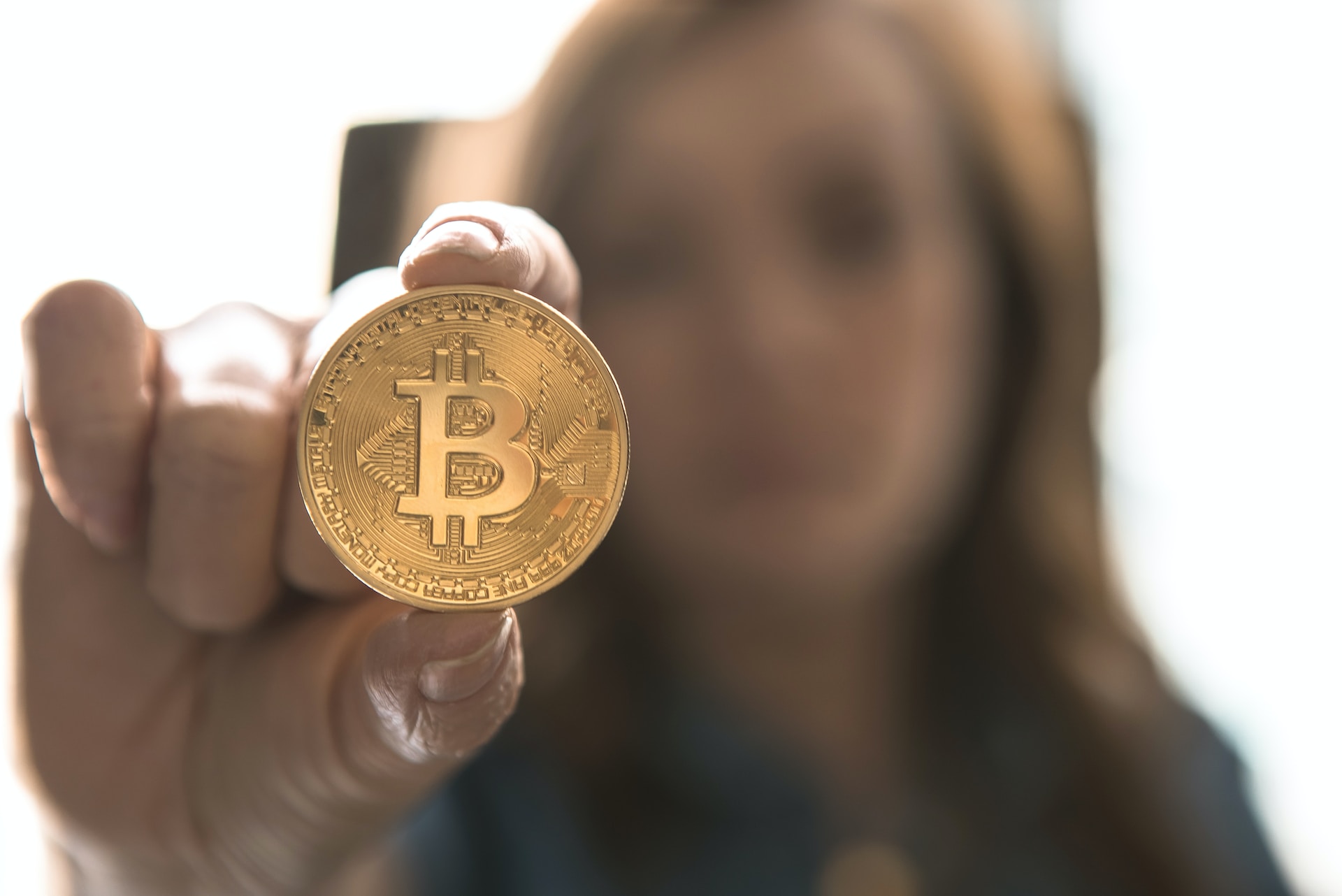
Let’s know more about how coin burn works and how it plays into the hands of mining and volatility.
How does cryptocurrency burning work?
It all depends on the platform. The process can vary greatly. But in most cases, burning is done by transferring tokens to an address that no one can access.
Special algorithms and smart contracts are used for this process. For example, Ethereum has a “burn” function that allows you to burn ETH and other tokens.
How did coin burning start?
Coin burn thing became increasingly popular in 2017 and 2018. This trend was observed when several cryptocurrencies, such as Binance Coin, Bitcoin Cash, and Stellar, started burning as a strategic move to reduce the supply of tokens and consequently drive up prices.
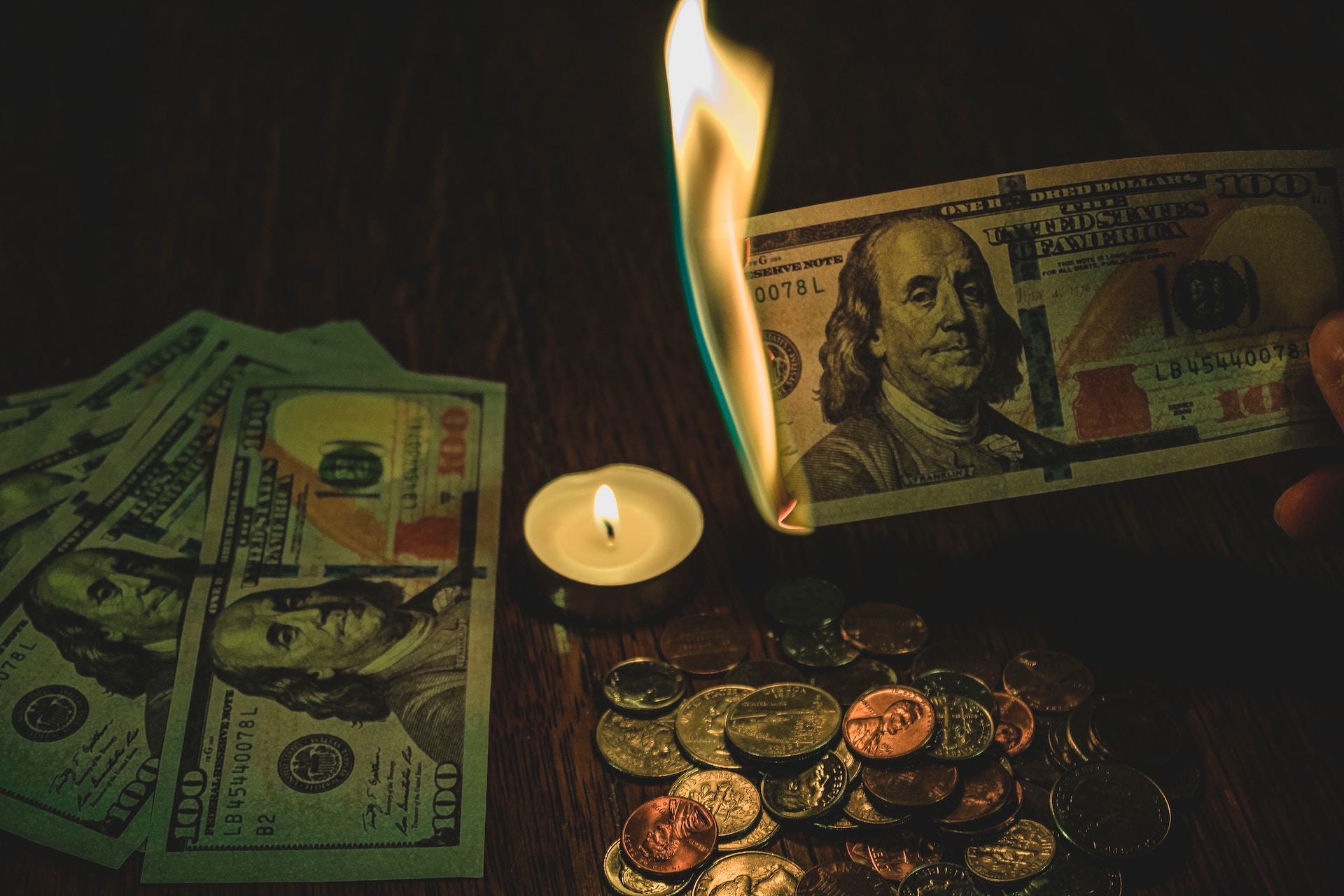
This practice has been widely adopted by newer cryptocurrencies. Later in this article, we will specify which coins are also affected by this issue.
Why burn token
We have only briefly touched upon the causes of coin burning. We propose to delve a little deeper into this topic.
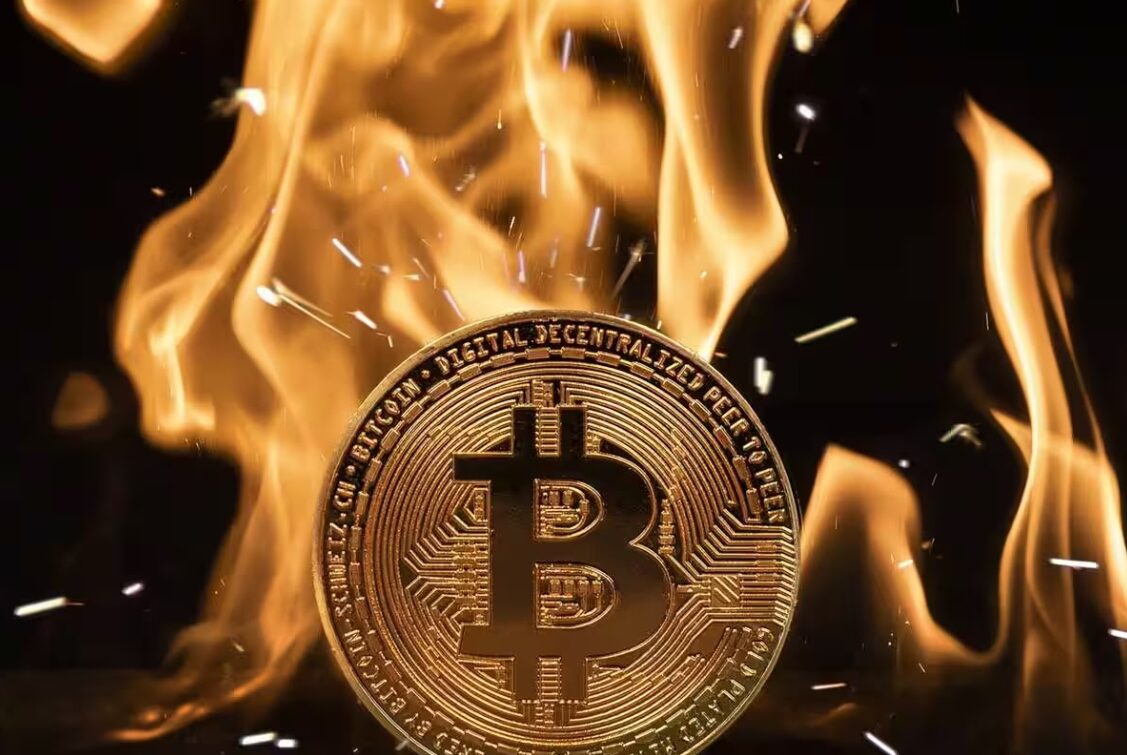
So, there are the following reasons:
- Increased supply and attempt to reduce it – many burn tokens to reduce the number of coins available and make cryptocurrency more scarce. For example, Binance plans to destroy BNB until the number of coins is reduced by 50%.
- The desire to raise the price – reducing the supply also causes the price of the asset to rise. And while this reason is more appropriate for large and well-known projects like Binance and Ethereum, even new and little-known cryptocurrencies can perform the same manipulation to artificially inflate the value of tokens. The way it works is that new projects attract investors with a low price and then burn tokens, causing the value to rise dramatically.
- The need to control the rise in value – sometimes you just need to lower the price if the cryptocurrency has a high inflation rate.
Which coins can be burned?
Not all of them. You can burn ETH, BNB, TRX (Tron), XRP (Ripple), NEBL (Neblio), XML (Stellar), BCH (Bitcoin Cash). However, no one excludes the possibility that new players will appear on the market who will also use this technique.
Ah, yes. In 2019, the owners of SHIB (Shiba Inu) also gave a very large number of coins to Vitalik Buterin – the founder of the Ethereum network. At that time he burned 90% of them and gave the rest to charity.
But this is presented to us as an exception to the rule. For example, it could have been the most common PR move. This is what the end result was on the charts.
Practical use of coin burn
The following are examples of the use of coin burning for any purpose.
Intentional burning to increase value
Coins are often burned to achieve certain results. Which ones? Well, look. By reducing the overall supply of coins, the entities conducting the burning aim to increase the value of the tokens and create scarcity, thereby exerting control over the coin supply and maintaining or increasing the value of their own holdings.
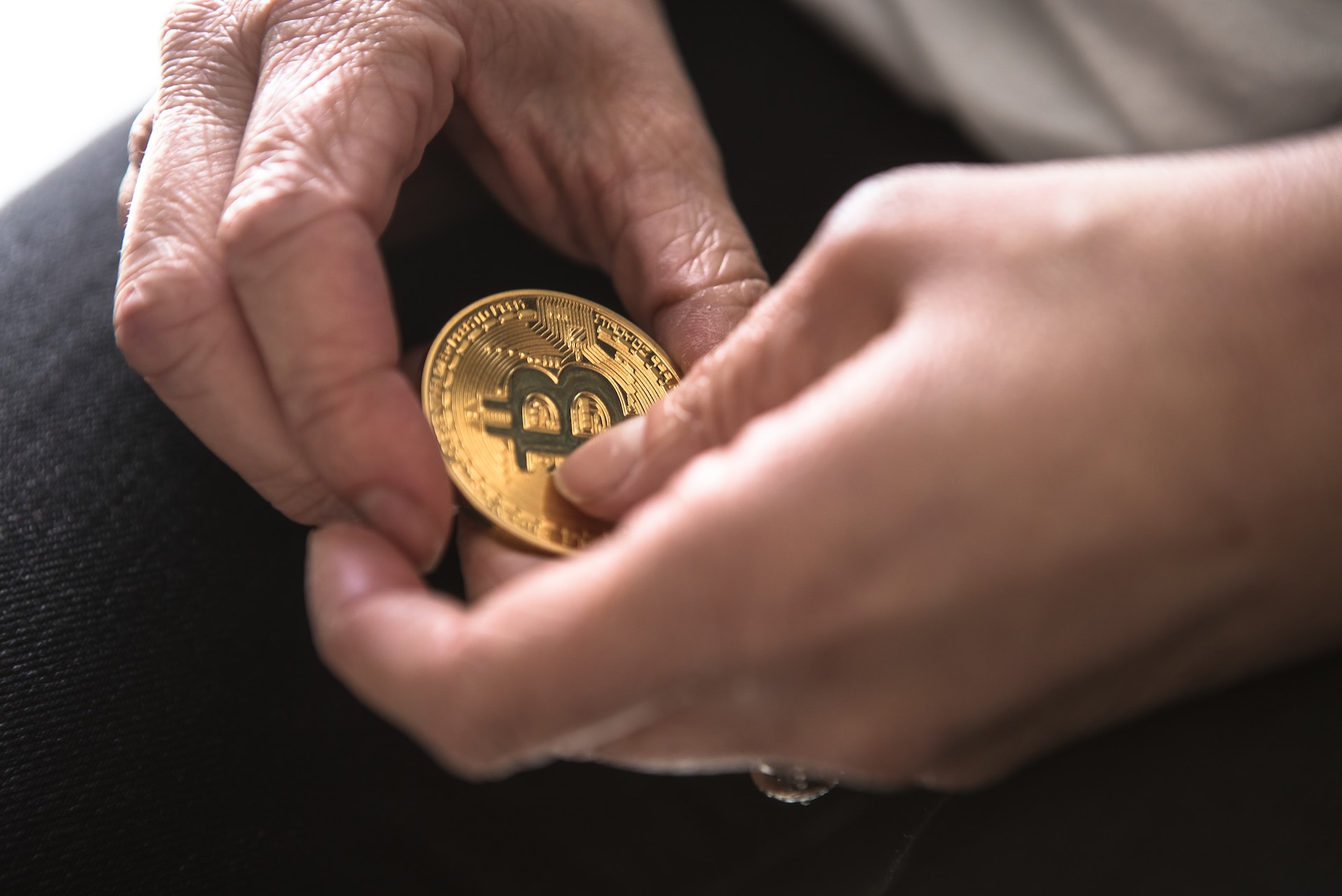
And you know, it really works. If you look at the official statistics of the BNB price, the percentage of supply and the number of BNB burned, there is an interesting correlation. But it is better to show it once:
Proof-of-Burn
Proof-of-Burn is an experimental consensus mechanism invented by programmer Ian Stewart. It was first used on the blockchain of the Slimcoin cryptocurrency (fun fact: it no longer exists).
Whereas in Proof-of-Work, miners “burn” electricity and their equipment in an endless race, PoB simply burns its own coins to encourage validators to be honest participants. Thus, validators send some of the coins to an address from which they can never be retrieved. When the tokens are sent to this address, they are not actually destroyed. They simply fall into a kind of abyss and cannot be retrieved.

The more coins a miner sends to this address, the more likely he is to be selected to validate the next block on the network. If he validates the transactions correctly and retrieves the block, he is rewarded. If not, he simply burns coins and loses his money.
Burning for maintaining mining balance
Burning is great for balancing mining.
The thing is, this mechanism sort of equalizes early adopters and new users.
You see, proof-of-work has such a problem that the coin creation rate decreases every time a new block is mined. This encourages regular mining activity: instead of mining a single coin, miners have to burn their early coins and mine new ones instead. This means that they do not focus on one thing at a time. And that helps the domestic market a lot.
FAQ
Is burning cryptocurrency a good or bad thing?
When it is. It all depends on how the market reacts to these actions. You can’t predict that even if you’re the world’s most powerful psychic.
How do you burn token?
Tokens are burned by sending them to a dead address. Strictly speaking, it’s not even “burning”, it’s just the name for this process that has caught on in the community.
Why are companies burning cryptocurrency?
It reduces the supply, which (in theory) can play into their hands in setting and maintaining a higher price for cryptocurrency.





